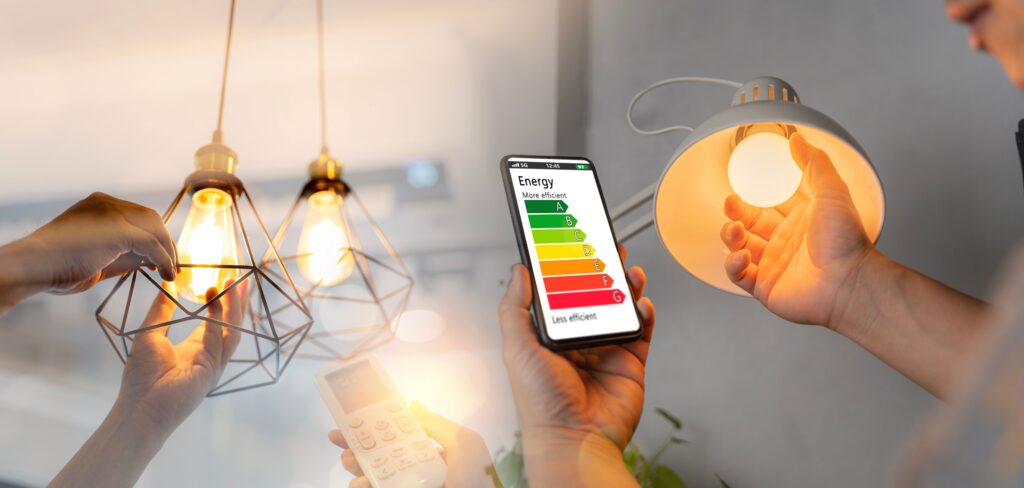 In today’s fast-paced work environments, maintaining productivity is more essential than ever. While many factors contribute to workplace efficiency, one often overlooked element is lighting. Emerging studies and innovations in lighting technology reveal the profound impact that light has on focus, mood, and overall well-being in the workplace. In this article, we’ll explore the importance of effective lighting in workspaces, review innovative products designed to enhance productivity, and examine case studies of successful implementations.
In today’s fast-paced work environments, maintaining productivity is more essential than ever. While many factors contribute to workplace efficiency, one often overlooked element is lighting. Emerging studies and innovations in lighting technology reveal the profound impact that light has on focus, mood, and overall well-being in the workplace. In this article, we’ll explore the importance of effective lighting in workspaces, review innovative products designed to enhance productivity, and examine case studies of successful implementations.
The Importance of Lighting in the Workplace
Lighting plays a crucial role in workplace design, directly affecting employee performance and comfort. Here are several key reasons why appropriate lighting is vital:
1. Visual Comfort
Poor lighting can lead to eye strain and fatigue, diminishing concentration and productivity. An environment with the right brightness and contrast levels helps employees work more efficiently.
2. Mood and Atmosphere
The intensity and color temperature of lighting significantly influence mood. Bright, cool-colored lights can stimulate alertness and energy, while warmer tones can create a calming environment.
3. Circadian Rhythms
Natural light helps regulate our body’s internal clock. Aligning work schedules and lighting design with these rhythms can improve energy levels and enhance overall well-being.
4. Collaboration and Creativity
Lighting can influence how people interact. Open office layouts with flexible lighting options encourage collaboration and creativity, making employees feel more connected and energized.
Innovative Lighting Products That Promote Productivity
To create a productive workplace, organizations are increasingly turning to innovative lighting solutions. Here are some notable products and technologies making waves in modern workspaces:
1. Smart LED Lighting
Smart LED systems can be programmed to adjust brightness and color temperature based on the time of day or individual preferences. Products like Philips Hue and LIFX allow for customization, helping to create optimal lighting conditions throughout the workday.
2. Biophilic Design Lighting
Biophilic design integrates natural elements into the workspace. Products like the Lumio light fixtures mimic natural daylight or incorporate plant life into the design, fostering a calming and refreshing atmosphere that enhances focus and creativity.
3. Circadian Lighting Systems
These advanced systems automatically adjust lighting across the day to align with natural sunlight patterns. Brands like Lightwell offer circadian lighting solutions that promote better sleep and enhanced well-being, leading to improved productivity during work hours.
4. Task Lighting
Task lighting, such as adjustable desk lamps or under-cabinet lighting, provides focused illumination for specific tasks. Products from companies like BenQ and OttLite reduce glare and provide adequate lighting for detailed work, helping employees maintain concentration.
5. Light Therapy Lamps
Light therapy lamps designed for winter blues and Seasonal Affective Disorder (SAD) are becoming increasingly popular in workplaces. These devices, such as those made by Verilux, can enhance mood and focus by simulating natural sunlight.
Case Studies of Successful Implementations
To illustrate the benefits of innovative lighting, let’s look at some organizations that have successfully transformed their workspaces:
Case Study 1: Dropbox’s San Francisco Office
Dropbox redesigned its San Francisco office to prioritize employee well-being through thoughtfully designed lighting. The implementation of a circadian lighting system that adjusts throughout the day has led to improved employee satisfaction and productivity. Employees reported feeling more energized and focused, directly correlating with their ability to collaborate effectively.
Case Study 2: Steelcase Research Project
Steelcase conducted extensive research on the impact of workspace lighting, focusing on the flexibility of office environments. They found that workplaces with a mix of ambient, task, and natural light options led to higher satisfaction rates among employees. Their findings prompted companies to integrate flexible lighting solutions, allowing employees to choose their preferred working conditions.
Case Study 3: Google’s Campus Environments
Google is well-known for its innovative workplace designs, and lighting plays a vital role in their strategy. Google provides various lighting options, including smart LEDs that adapt to different work scenarios. This flexibility contributes to a stimulating environment where employees can thrive, leading to increased creativity and productivity across teams.
Innovative lighting solutions are no longer just a design feature; they are essential for fostering productivity, health, and creativity within modern workspaces. By understanding the importance of lighting, exploring advanced products, and learning from successful implementations, organizations can create environments that empower their employees to achieve their best work. Investing in effective lighting is an investment in a happier, healthier, and more productive workforce. Embracing these innovations will light the way toward a brighter future in the workplace!

